|
BARBARA
JACKSON
- RACE FOR THE BALTIC
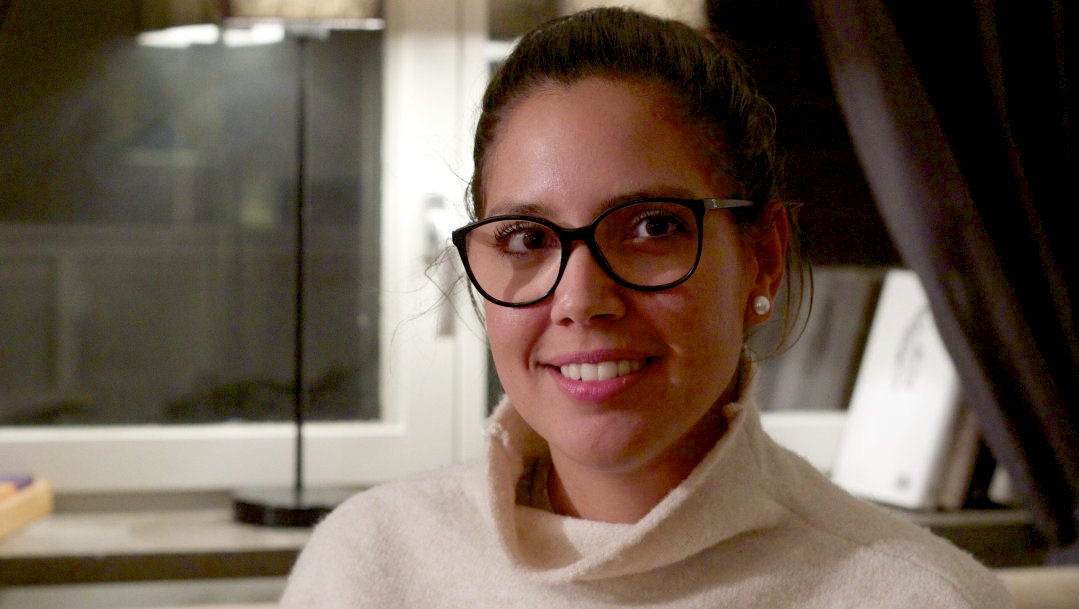
BARBARA
JACKSON - Barbara is the Programme Director for Race for The Baltic. She has a bachelor degree in Business Administration från Providence College, US and is educated at Harvard university and University of Westminster, London.
She was a speaker at European Maritime Day in Poole in May
2017.
Race For The Baltic focuses on the need to achieve the objectives contained in the HELCOM Baltic Sea Action Plan (BSAP) and the EU Marine Strategy Framework Directive (MSFD).

BALTIC
REVIEW JAN 5 2016
UN Conference on Climate Change, Coalition Clean Baltic (CCB) calls for immediate climate change mitigation and adaptation measures in the Baltic Sea Region, based on the findings of a new CCB report
The report presents alarming predicted consequences of temperature increase scenarios on Baltic Sea marine biodiversity. Estimated impact of a 4-degree C increase would represent a catastrophic scenario, resulting in adverse ecosystem changes for the Baltic Sea. Even a 2-degree increase impacts are so serious that policy actions must safeguard that this temperature level is never reached and only a maximum increase of less than 1.5 degrees should be set as acceptable.
Environmental changes in the Baltic Sea
Based on the IPPC indications of 2 to 4 degrees C increases within the period of 2100-2200, the CCB report indicates that human-induced warming will cause drastic changes at all trophic levels and components of the Baltic Sea ecosystem. In addition to increased temperature and sea level, salinity is expected to drop and so will the oxygen levels of deep-water areas. As a result, the biodiversity of the
Baltic Sea will change and gradually diminish, including loss of important habitats and species, and decreases of many fish stocks. These changes will happen even during a status quo situation, and it is very unlikely that future ecosystems will be able to adapt unaided by human activities.
Policy recommendations
Duly taken, implemented and enforced mitigation measures will reduce the speed of change even though our knowledge of the full role of the ocean in climate is still lacking.
Direct climate change mitigation measures primarily include a phasing-out all fossil fuel emissions, and a phasing-in of a 100% renewable energy future with sustainable energy access for all.
Indirect climate change adaptation measures should focus i.a. on further reduction of nutrient losses and recycling of nutrients, regulating fisheries below Maximum Sustainable Yield and preserving a coherent network of Marine Protected Areas.
Baltic Sea countries should jointly take legally binding decisions so that the Baltic Sea region contributes to mitigation of the climate change environmental impacts, both regionally and globally.
About Coalition Clean Baltic:
The study was performed with a co-funding provided by EU Life and AirClim Secretariat. CCB is an environmental NGO network that unites 19 organizations from Belarus, Finland, Russia, Estonia, Latvia, Lithuania, Poland, Germany, Denmark, Ukraine and Sweden and represents over 1% of the Baltic Sea catchment population, as its members. The main goal of CCB is to promote the protection and improvement of the Baltic Sea environment and natural resources. Through its work CCB engages people to become part of the solution instead of part of the problem.
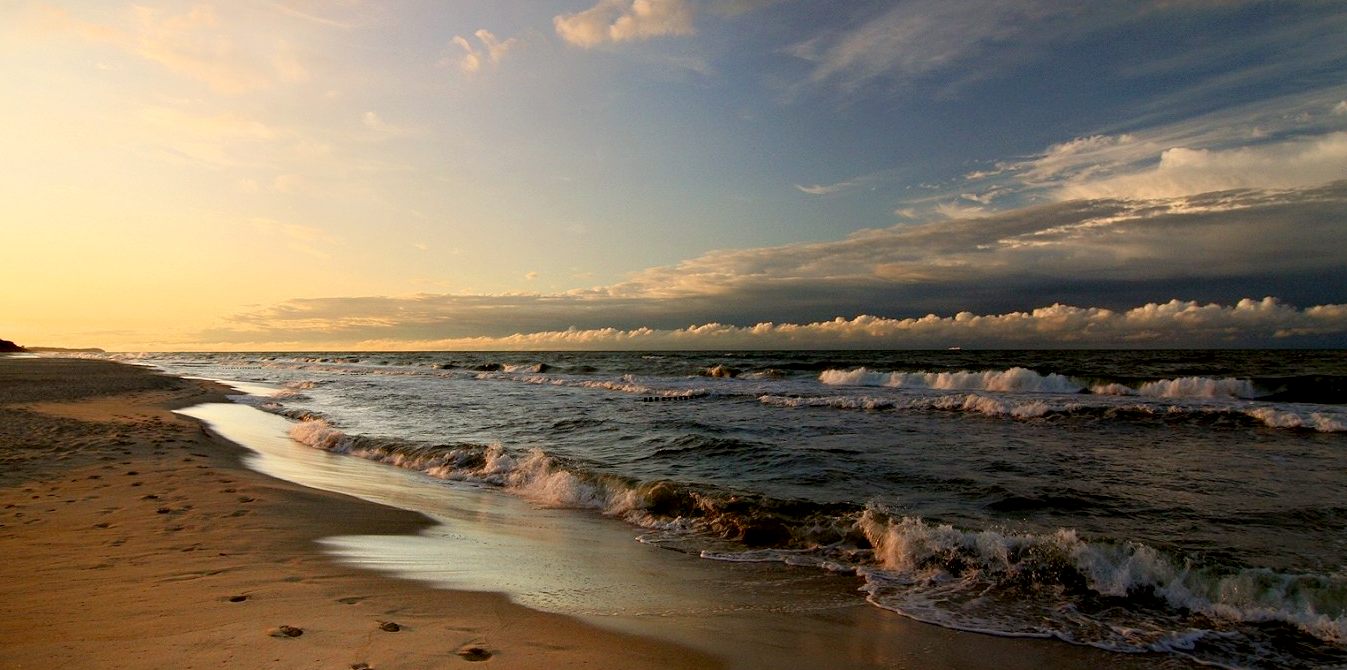
FAUNA
- The fauna of the Baltic sea is a mixture of marine and freshwater species. Among marine fishes are cod, herring, hake, plaice, flounder, shorthorn
sculpin, stickleback and turbot, and examples of freshwater species include perch, pike, whitefish and roach.
There is a decrease in faunal species from the Belts to the Gulf of
Bothnia. The decreasing salinity along this path causes restrictions in both physiology and habitats. The lack of tides has affected the marine species as compared with the Atlantic.
Since the Baltic Sea is so young there are only a few endemic species. The mostly asexually reproducing brown alga Fucus radicans seems to have evolved in the basin. Another endemic is the Copenhagen cockle parvicardium
hauniense. However, several marine species have populations in the Baltic Sea adapted to the low salinity, such as the Baltic Sea herring which is smaller than the Atlantic herring.
A peculiar feature of the fauna is that it contains a number of glacial relict species, isolated populations of arctic species which have remained in the Baltic Sea since the last
glaciation, such as the large isopod Saduria entomon, the Baltic subspecies of ringed seal, and the fourhorn
sculpin. Some of these relicts are derived from glacial lakes, such as Monoporeia
affinis, which is a main element in the benthic fauna of the low-salinity Bothnian Bay.
Cetaceans in Baltic Sea have been monitored by the ASCOBANS. Critically endangered populations of Atlantic white-sided dolphins and harbor porpoises inhabit the sea where white-colored porpoises have been recorded, and occasionally oceanic and out-of-range species such as minke whales, bottlenose dolphins, beluga whales,
orcas, and beaked whales visit the waters. In recent years, very small, but with increasing rates, fin whales and humpback whales migrate into Baltic sea including mother and calf pair. Now extinct Atlantic grey whales and eastern population of North Atlantic right whales that is facing functional extinction once migrated into Baltic Sea.
Strandings of Leatherback turtles have been recorded in Baltic Sea, too.[55] Other notable megafauna include the basking sharks.
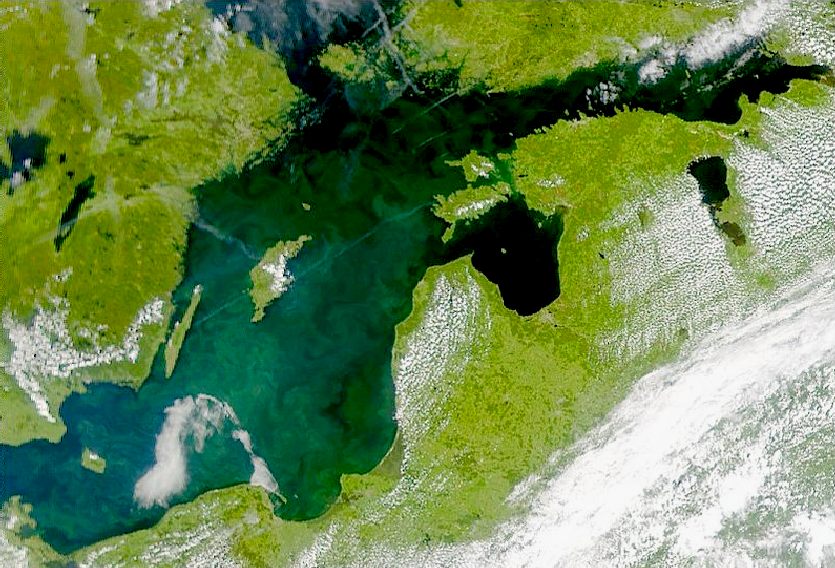
ENVIRONMENTAL HYPOXIA
- Satellite images taken in July 2010 revealed a massive algal bloom covering 377,000 square kilometres (146,000 sq mi) in the Baltic Sea. The area of the bloom extended from Germany and Poland to Finland. Researchers of the phenomenon have indicated that algal blooms have occurred every summer for decades. Fertilizer runoff from surrounding agricultural land has exacerbated the problem and led to increased
eutrophication.
Approximately 100,000 km2 (38,610 sq mi) of the Baltic's seafloor (a quarter of its total area) is a variable dead zone. The more saline (and therefore denser) water remains on the bottom, isolating it from surface waters and the atmosphere. This leads to decreased oxygen concentrations within the zone. It is mainly bacteria that grow in it, digesting organic material and releasing hydrogen sulfide. Because of this large anaerobic zone, the seafloor ecology differs from that of the neighbouring Atlantic.
Plans to artificially oxygenate areas of the Baltic that have experienced eutrophication have been proposed by the University of Gothenburg and Inocean AB. The proposal intends to use wind-driven pumps to inject oxygen (air) into waters at, or around, 130m below sea level.
JUDI LEMBKE
- Barbara Jackson: Creating a World We All Want to Live In
Just shy of her 30th birthday, American-born Barbara Jackson has gone from high-flying, high-achieving corporate player to a woman whose re-evaluation of both what she thought she wanted and what she thought was expected of her has led to an extraordinary leap in personal and professional
fulfillment.
Before hitting her mid-twenties Barbara’s career was taking off. She found herself in Europe, rubbing shoulders with the good and the great at a variety of international high profile events, including Paris Fashion Week and the Cannes Film Festival.
Then a chance trip to India landed her in an Ashram, where she spent five consecutive days completely alone, following a rigorous yoga and meditation schedule for hours each day. Those five days laid the groundwork for Barbara to block the acres of white noise with which we are all bombarded with each day, and instead discover that all that noise was drowning out her deeper voice, which she calls ‘the self’.
Six months later, back on the corporate bandwagon, Barbara decided to attend what she thought was a yoga retreat but which in fact turned out to be a sustainability festival. Whilst there she developed a new perspective on the increasingly urgent environmental challenges faced by the world today, learning that through innovation, design, and technology – and most importantly, collaboration – these challenges can be overcome.
People working together can create a world that we all want to live in.
‘I was inspired to get more involved,’ says Barbara, ‘so I asked one of the on-site experts what I could do. It was suggested that I use the personal and professional skills I already had to create impact.’
Knowing good advice when she hears it Barbara went back home, quit her corporate job, and spent the next six months laying the foundation for Projects For Change, the startup she currently heads and which she uses as a tool to catapult society into a better future, most importantly with a strong focus on people and the environment.
The first big project she took on? Saving the Baltic Sea, together with Zennström Philanthropies, the philanthropic organisation started by Skype co-founder Niklas Zennström. It’s a worthy and difficult undertaking that Barbara says is not just about saving the Baltic, but that is really about bringing together disparate stakeholders from across the region together in an effort to revive, recover, and restore the dying sea.
This initiative has tapped into Barbara’s skills as not just a marketer but also as a person with the rare ability to get less than interested parties actively involved and engaged.
Barbara says, ‘My job is to show people that they actually do have a role to play, even when it’s not abundantly clear what that role is.’
Nearly two years later and Barbara has found a whole new way of interacting with the world, both personally and professionally. She has discovered how her working role can create impact, together with others, on a scale had rarely imagined before rediscovering her inner voice on that fateful trip to India.
While she sometimes misses the corporate merry-go-round Barbara says she has found contentment through working with people, through advocacy, and through playing a strategic role in facilitating change.
Today, Barbara lives on an island in the Stockholm archipelago with an enormous number of elk, along with her husband of five years.
‘I’m not home as often as I’d like,’ says Barbara, ‘but I find that creating the environment necessary to bring people together for change is worth the trade off.’
You can learn more about Barbara and her work at www.projectsforchange.se

CAPE GAZETTE 2014 DEC 30 - LOCAL
ENVIRONMENTALIST TACKLES GLOBAL PROBLEMS - SALTWATER PORTRAIT
She has worked with supermodels in Paris and consulted with European leaders on Baltic Sea water pollution issues, but Delaware native Barbara Jackson has yet to reach her 30th birthday.
She's calm and confident, wrapped in a loose scarf as she sips a French press coffee at a local cafe during a recent trip to her Lewes hometown.
“I'm grateful to come home and genuinely feel the beauty,” she said. “I have traveled the world, but nothing is better or more beautiful than coming home.”
Jackson grew up on Kings Highway, but her Delaware roots reach beyond her childhood. Her father's heritage is Nanticoke, and Jackson said she thinks that has enhanced her connection to nature.
She remembers running to the canal when she was little and said it was a way to find her center and find some peace.
“Lewes is the perfect place to grow up,” she said. “Nothing beats Lewes.”
While she says Lewes will always be home, after pursuing a business degree at Providence College, Jackson moved to Europe in 2004 to work with the Cannes Film Festival and Paris Fashion Week. Quickly, though, she found another calling for her business and marketing talents.
Jackson got her environmental start in 2013 when she founded Projects For Change, which is intended to bring together public and private sectors for innovative, environmental projects. She said her career-changing epiphany came after attending an international sustainability festival in
Sweden that gave her the courage to leave the corporate world to tackle environmental advocacy projects.
“I was ready to give up everything,” she said. “Quitting my corporate job is a way of protecting my future. We are facing global challenges, and there are opportunities to fix them.”
Jackson now uses her marketing and communication skills to bring together national, business and local leaders to address everything from sea level rise to nutrient pollution in the Baltic Sea.
Jackson lives more than 4,000 miles away from the First State, on an island in the Stockholm archipelago with her husband of five years. In her new home, she's surrounded by the beauty of nature and is taking on some of the same battles being fought in Delaware's coastal communities.
“For me right now, it's a lot about water and water
pollution,” she said. “We have problems from fertilizers, chemicals, marine litter. … But carbon emissions and changing our energy is No. 1.”
She's passionate about the topic of environmental issues throughout the world, speaking quickly and clearly to share all of the ideas and plans she has in mind.
As she explains the intricacies of water pollution – like the fibers often overlooked in treated wastewater when people wash their fleece sweaters and blankets – and how she hopes to bring those issues to light, she stumbles with her English.
“I'm kind of rusty on my English. I'm so used to speaking Swedish,” she says with a soft giggle and a smile. But she doesn't miss a beat. She knows exactly what she's talking about and what she'll do when she returns to her new home.
Soon after she embarked on a new professional journey, she crossed paths with a Swedish entrepreneur and co-founder of Skype and began running her current project, Race for the Baltic, an initiative of Zennström Philanthropies, working to connect leaders, politicians, industry professionals, organizations and governments to restore the Baltic Sea environment. She's taking cues from local organizations, such as the Delaware Center for the Inland Bays, on how to enhance citizen involvement and develop multistakeholder approaches for problems she describes as universal.
“My thing is bringing people together,” she said. “I'm trying to always make this connection … that this is a
global problem.”
She said the environmental challenges she's tackling are very similar to the challenges in the Chesapeake Bay and Inland Bays. It's a lack of communication that divides people, she said, more than a lack of technology.
“We have a lot of technologies. We have a lot of solutions already today. We know what to do,” she said. “It's more about communication and leadership.”
She calls her approach using “soft skills,” bridging the gap between governments, businesses and tourism to develop projects and methods to address pollution in the Baltic Sea. Just like tourism goes hand-in-hand with environmental sustainability in Delaware, the same is true for the nine countries that share a coast along the Baltic Sea.
She said the challenge is encouraging citizen involvement, which she said seems to come easier to Americans.
“I think in the states we have citizens that are much more active and interested in investing their time and money,” she said. “The Eastern Baltic block was a part of the Soviet Union, so just until a couple decades ago, the residents didn't actually have access to the water. So if you never touched it, you wouldn't think to protect it.”
She pointed to her own experiences as a child, going on trips to Cape Henlopen State Park and being actively involved with her environmental surroundings as a type of conditioning that Americans living along the coast grow up with. People in the countries she's now working with didn't always have the luxury of running down to the beach or digging their toes in the sand.
“Having that Native American history and growing up on the land that my ancestors grew up on, I could relate to it in a more obvious way,” she said. “Growing up with that, it's a part of you.”
The challenge for Jackson is communicating the need to protect the environment with all the people of the
Baltic Sea region – from the corporate bigwigs and government officials to the every day residents and watermen – who benefit from the beautiful, brackish water of that sea.
“What I'm doing is very purpose-driven,” she said. “We are facing global challenges and that means that there's opportunities to fix them, and it's up to us. No one else is going to do it.”
For more information about Projects for Change, go to www.projectsforchange.se. For more information about Race for the Baltic, visit www.zennstrom.org/race-for-the-baltic/.
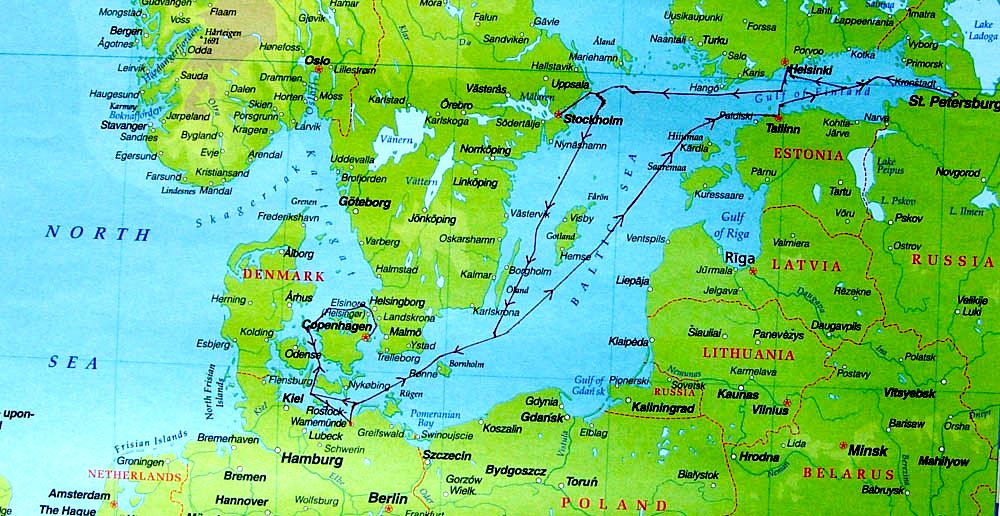
DEAD
SEA - One of the major issues facing the Baltic Sea is eutrophication, which has harmful effects on water quality, causes algal blooms and oxygen depletion, disrupts feeding and reproduction and threatens biodiversity. By doing so, eutrophication throws out of sync the delicate balance that exists in any aquatic environment and creates a negative feedback loop which threatens to turn the Baltic into a dead sea.
The source of most of the eutrophication affecting the Baltic is well known-the harmful environmental practices of industry and agriculture around the Baltic. The combination of unsustainable industrial animal farming and over-fertilisation has resulted in a sea that is slowly dying because it is overloaded with nutrients.
About 80% of all nutrients in the Baltic Sea come from land-based activities including sewage, industrial and municipal waste water and agricultural run-off.
Race For The Baltic works for more dialogue, close-loops systems and innovation to solve these challenges.
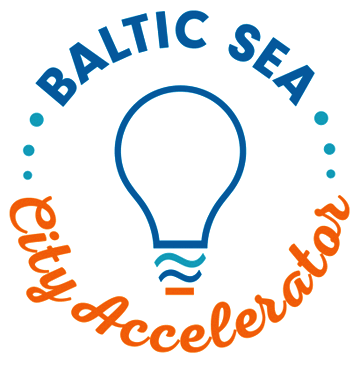
CONTACTS
Tagehus Holding AB
℅ Race For The Baltic
Valhallavägen 117F 5th Floor
115 31, Stockholm, Sweden
info@raceforthebaltic.com
barbara.jackson@globalutmaning.se
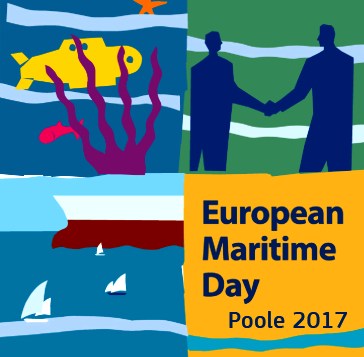
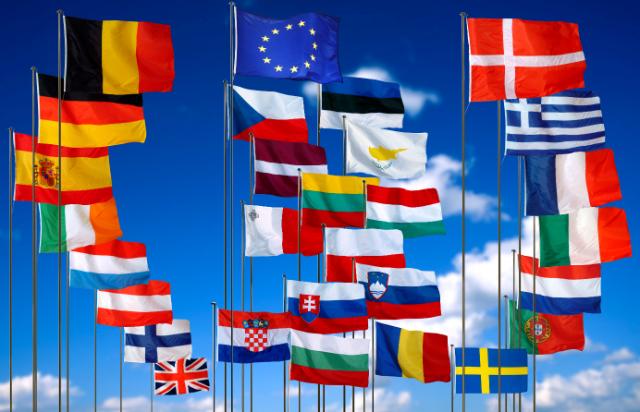
LINKS
& REFERENCE
http://raceforthebaltic.com/
http://baltic-review.com/baltic-sea/
http://www.zennstrom.org/about/
https://en.globalutmaning.se/kansli/barbara-jackson/
http://www.capegazette.com/node/76615
https://twitter.com/barbarajackson_
https://judilembke.wordpress.com/profiles/profiles-submenu-2/
https://en.wikipedia.org/wiki/Baltic_Sea
http://www.projectsforchange.se/
This
website is copyright © Cleaner
Oceans Club Ltd (COCL) (Company No: 4674774)
May 2017
Solar
Studios, BN271RF, United Kingdom.
COCL
is a charity without share capital. The name Miss
Ocean™ is a
trade mark
of the Cleaner Oceans
Foundation™. The name SeaVax™,
is a trade
mark used under license. Site
Navigator
|







